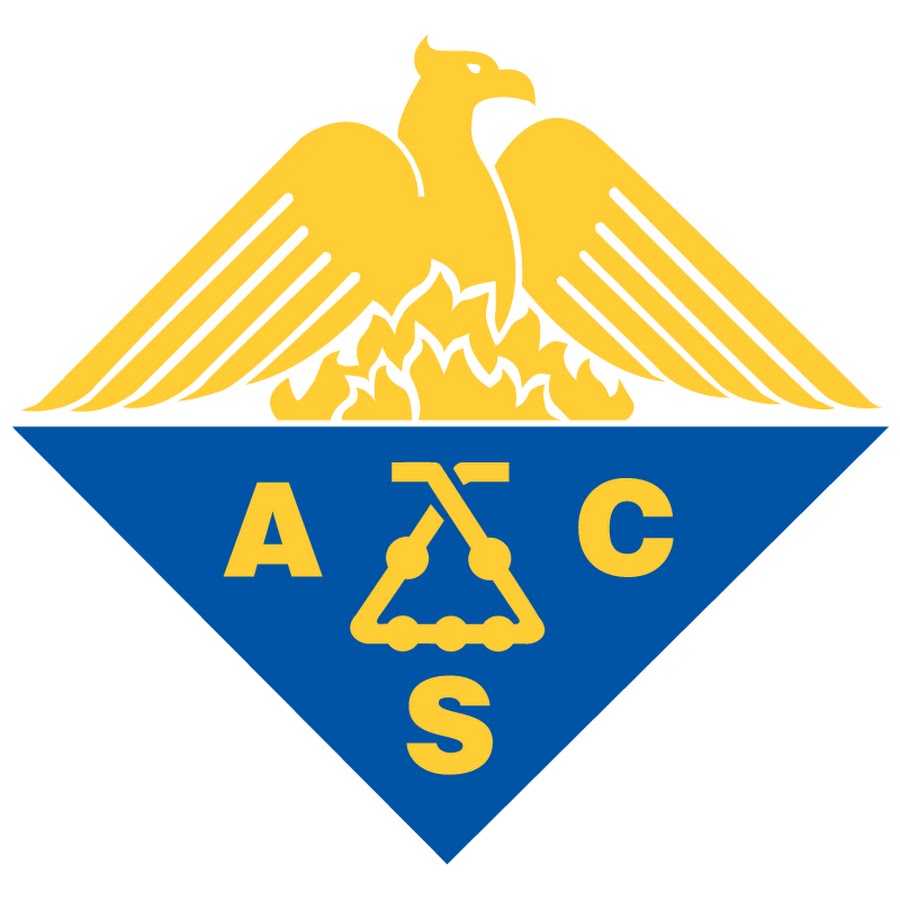The dynamics of electron transfer at the dye-titania and titania-electrolyte interfaces is investigated in two post-sensitization processes: (i) atomic layer deposition of blocking alumina coating and (ii) hierarchical molecular multi-capping. To measure the electron transfer dynamics, time resolved spectroscopic methods (femtosecond transient absorption on the time scale from fs to ns and electrochemical impedance spectroscopy on the time scale from ms to s) are applied to the complete dye-sensitized solar cells with cobalt-based electrolyte and champion ADEKA-1 dye (with silyl-anchor unit) or its popular carboxyl-anchor analogue, MK-2 dye. Both molecular capping and alumina blocking layers slow down the electron injection process (the average rate constant decreases from 1.1 ps-1 to 0.4 ps-1) and partial sub-ns back electron transfer from titania to the dye (from ca. 10 ns-1 to 5 ns-1). Very small alumina layers (of 0.1 nm thickness) have the highest impact on reducing the rate constants of these electron transfer processes, and for the thicknesses greater than 0.3 nm the rate constants hardly change. In contrast, the electron recombination between titania and electrolyte, occurring on ms time scale, starts to be significantly suppressed for the blocking layers of 0.3 nm or more in thickness (up to ca. 20 times for 0.5 nm thickness with respect to that for untreated sample), improving open circuit voltage and fill factor of the cells. The amplitude of the relative photocurrent (short circuit current per number of absorbed photons) is found to depend almost exclusively on the ultrafast and fast processes taking place in the first nanoseconds after dye excitation. The positive impact of co-adsorbents on the solar cells performance both for ADEKA-1 and MK-2 is also studied.

